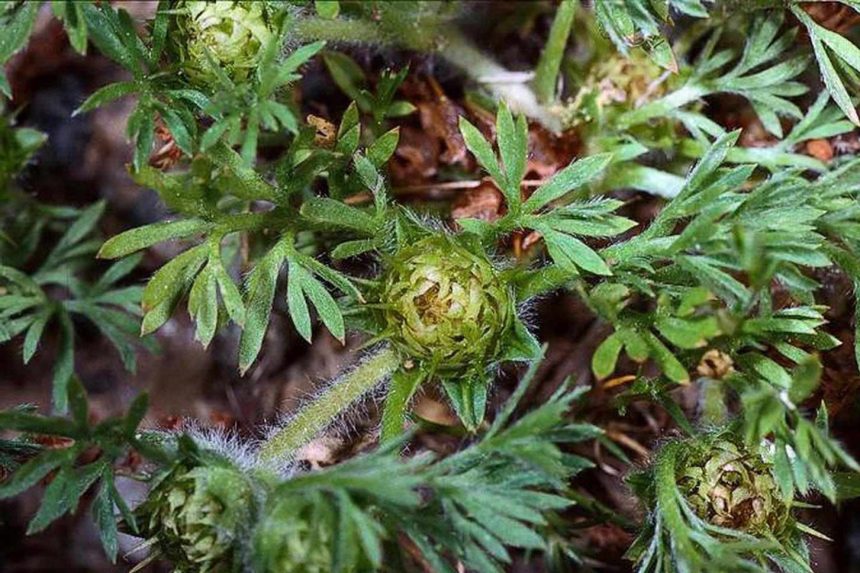With its low-growing form and delicate foliage, lawn burweed is a stealthy weed you may not even notice. That is, until you step on its tiny, sharp seeds, or burs. “When these are present, it’s not pleasant to walk barefoot or for pets or kids to be on the lawn,” says Clint Waltz, PhD, turfgrass specialist at the University of Georgia. “Although it’s not a difficult weed to control, it’s best to catch it before it forms these burs.”
Lawn burweed (Soliva sessilis) germinates in the fall as early as September and flourishes throughout the winter. In late winter to early spring, tiny white flowers that produce the spiny seeds, which are each about the size of a peppercorn, appear. This annual broadleaf weed dies back when temperatures warm up, says Waltz. But it deposits plenty of seeds, so you need to keep an eye out for it every year.
Here’s what to do to get rid of this pesky weed:
- Clint Waltz, PhD, is a turfgrass specialist at the University of Georgia.
Know your grass type.
You need to know what type of grass you have because you cannot use all herbicides on all types of grasses, says Waltz. If you’re not certain, reach out to your local university coop extension service (find yours here).
Use the correct product.
On many types of turfgrasses, you can use a 3-way herbicide containing 2, 4-D, according to label instructions. These products are available in granular or liquid forms. On centipede and St. Augustine, 2, 4-D is okay to use early in the season before 25 percent green up has occurred. But if these types of grasses already are mostly green, apply atrazine instead, according to label instructions, to prevent turf damage.
Get the application timing right.
“If you get herbicide down before the plant flowers, you’ll prevent the formation of the spiny seeds,” says Waltz. “If you wait too long and it’s already going to seed, you’ll kill the weed but the burs will remain.”
Wait it out.
Unfortunately, if the plant has flowered and produced burs, there’s no way to mow, rake up, or otherwise remove them from the lawn to get rid of them. You’ll have to live with the tiny, prickly seeds for weeks until they decompose naturally, says Waltz.
Be ready next year.
The plant will drop seeds that will remain dormant until environmental conditions are ideal for germination again in the fall. Remember, your best defense is a good offense! “Be more aggressive with the pre-emergent herbicides this November and December when it’s a very small weed and is easier to kill,” says Waltz.








